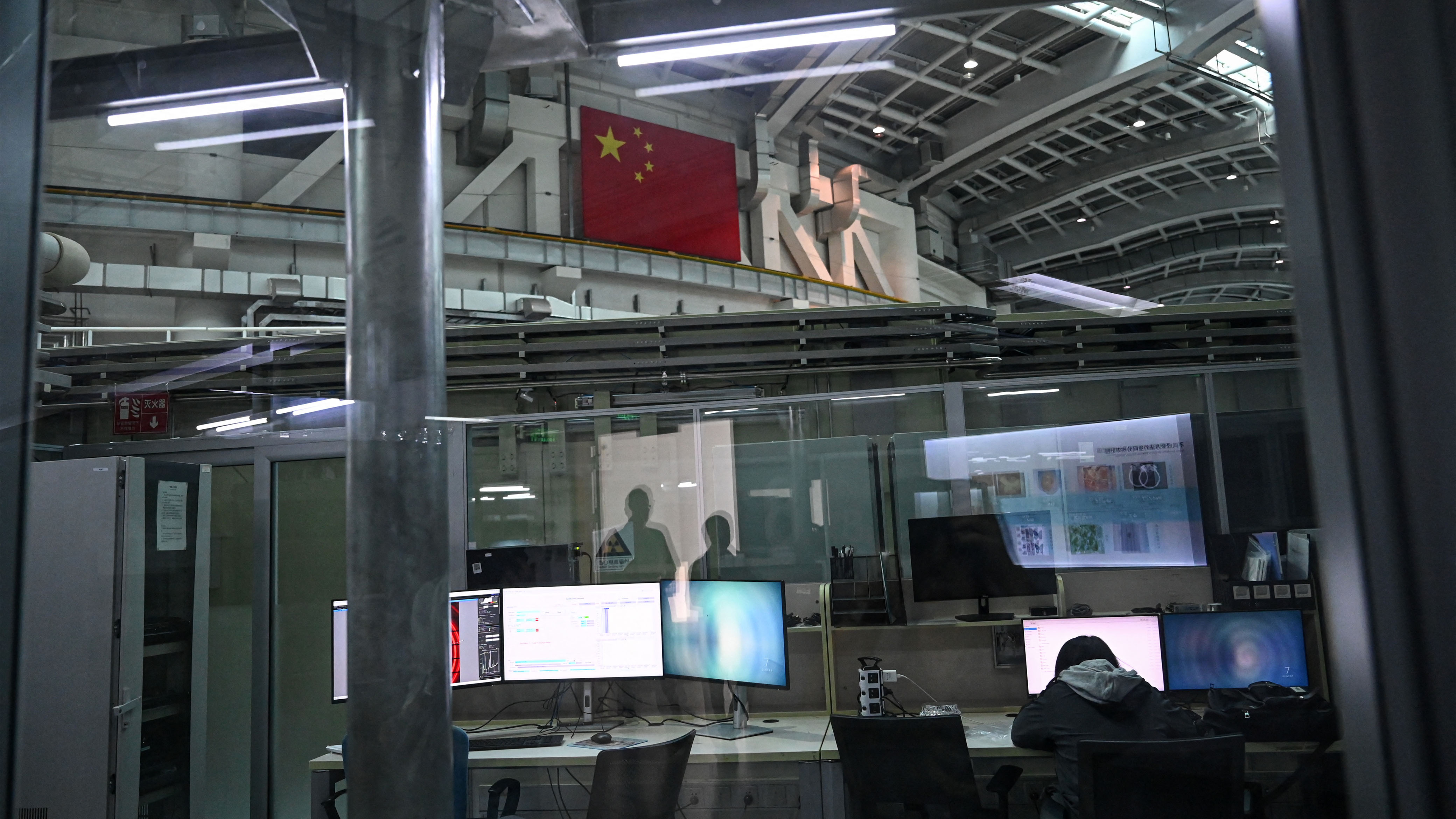The global benchmarks of research outputs also reflect this shift. The Nature Index 2025 shows China expanding its lead in high-quality publications, with a research “share” of 32,122 compared to 22,083 for the United States. Drawing on its larger population and its long-term commitment to education, China now employs more researchers than both the United States and the European Union combined and is on track to graduate nearly twice as many STEM PhDs annually by 2025. There is also a cost advantage. One study estimates that for every $100,000 spent on R&D, PRC firms can employ 2.3 researchers, more than double the U.S. figure.
Risks of Declining U.S. Leadership
The expansion of China’s scientific workforce and R&D spending emphasizes a growing challenge to America’s long-standing advantage in academic research and innovation. A declining U.S. share of global R&D also implies profound economic and security consequences. Economically, it risks ceding leadership in advanced industries such as semiconductors, biotechnology, clean energy, and next-generation telecommunications—sectors where global dominance translates into employment and sustained export strength. On the security front, China’s accelerating R&D investments underpin its ambitions in key technologies, such as artificial intelligence and quantum computing, directly shaping future military balances and strategic stability.
These risks are magnified by emerging policy headwinds in the United States. Federal research agencies such as the National Institutes of Health and the National Science Foundation face unprecedented funding constraints, while immigration restrictions continue to discourage international talent from entering or remaining in the U.S. innovation ecosystem. On the other hand, Beijing has treated R&D as a core component of national power, steadily channelling state resources into long-term capacity building across universities and laboratories while providing sustained support to state-backed companies. Comparative growth rates in talent pipelines and research output increasingly reveal this asymmetry in commitment.
To sustain U.S. leadership, policymakers should first recognize both the scale and focus of PRC R&D investments. A more overtly competitive approach is needed, one that restores, reforms, and grows R&D funding as the basis for future private sector investment while encouraging private investments by expanding and modernizing tax credits in strategic sectors. Importantly, providing multiyear federal research grants would stabilize long-term research planning for firms and universities alike. Equally critical are steps to revitalize the talent base through expanded domestic STEM fellowships, skills-based reforms to visa policies, and active retention of U.S.-educated international talent. These steps are essential to offset China’s numerical demographic advantage and rapidly rising domestic researcher pool. While China benefits from sheer scale in annual STEM degree production, its broader demographic outlook is far less favorable than that of the United States, which has a younger population profile and, until recently, sustained immigration flows. The challenge for the United States is therefore not absolute numbers but ensuring that its institutional and talent advantages are funded at levels that will enable the United States to successfully compete for global innovation leadership. Drifting away from the United States’ long-term commitment to leadership in science and innovation will compromise not only technological competency but also the foundations of U.S. national security.
Charles Wessner is a senior adviser (non-resident) with Renewing American Innovation at the Center for Strategic and International Studies (CSIS) in Washington, D.C. Shruti Sharma is a research intern with Renewing American Innovation at CSIS.
link

